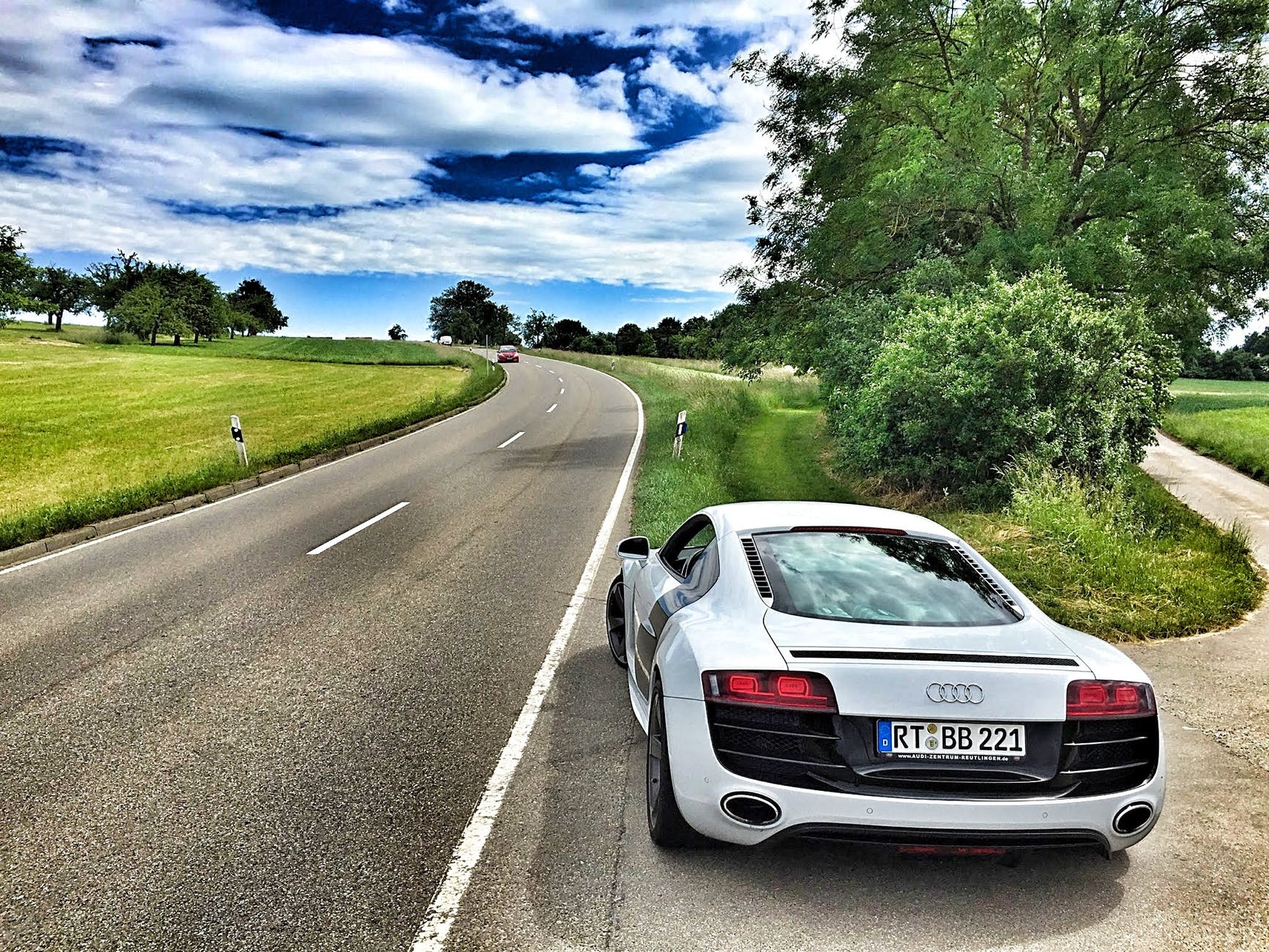
Driving. Ok, firstly, a few credentials…
I’ve been lucky. In a driving ‘career’ spanning some 42 years, I’ve caused zero traffic accidents, that I know of. Once in a car full of reckless teenagers, I was in the back of a car that tilted sideways (without quite overturning), when it hit the curb while taking a corner too wide at speed. More recently, in a taxi going to the Shanghai airport, we slammed into the side of a large truck that didn’t stop at an intersection. It smashed up the engine of the taxi quite badly. Fortunately, no one was hurt.
My driving’s been in New Zealand, Australia, the UK and continental Europe. I’ve driven alert and tired. In wet, dry, foggy, windy, icy and soft gravel conditions. It’s been in the London commuter rush. And the remote back-blocks of the New Zealand high country. I’ve paused to let herds of dairy cattle, or flocks of sheep, jostle along the road around my car, herded by farm dogs and overseen by gruff farmers on farm bikes.
My driving’s been in a range of cars, manual and auto – some highly reliable, some barely road-worthy. Hillman, Ford, Honda, Mitsubishi, Vauxhall and more recently, a Toyota RAV. For a few years, I rode touring bikes and trail bikes too.
I’ve towed trailers, affixed windsurfer boards to the roof rack & multi-bike racks to the back of the car. Although, not all at once.
At least twice, my car had to be towed out of trouble. Once when the slightly swampy ground it was parked on, sunk a bit. And the other time, in some volcanic sand in a concave piece of ground, when trying to dig it or push it out of the dip wouldn’t work. And at least once, my car has been completely covered in snow & ice. After being parked at a ski field carpark for a number of days.
Crime wise, while out hiking for the day in a New Zealand national park, my car was broken into and a bunch of Christmas presents stolen from the back seat. Another time, after a different NZ hike, I came back to my car to find a wheel stolen and the car resting on a block of wood! Fortunately for me, the thieves had left the wheel nuts on the ground next to my car, so I could get home using the spare wheel from the trunk of the car. Anyway, enough about car experience credentials.
As a vehicle driver more generally, how is personal flexibility (PFL) relevant to the driving experience? In my view, there are essentially three things for the driver to concentrate on (assuming the satnav is working): safety, speed and passenger experience. The driver needs to remain flexible enough to move between each. Keeping safety paramount of course.
Speed isn’t just about average speed of the vehicle being driven. But also, about the journey time end-to-end. Taking the road less travelled, can be both fun and insightful. But take a bit longer, even if the average vehicle speed is high. Sometimes, it’s more a case of get from ‘A to B’, to maximise the enjoyment at ‘B’, rather than the journey itself.
Conversation involving the driver, fresh air blowing through the vents, music blasting out, or frequent services stops can help all the driver stay alert. And keep the passengers safe. Conversation can help eat up the journey miles too.
PFL is also about doubling the value of the trip – go somewhere to enjoy the destination. But explore the journey to get there at the same time. Use conversation with passengers to discover new things. And build relationships further.
Modern cars automate quite a bit of the driving process. So, you as the driver can concentrate on the high-end stuff. Double check the satnav against the physical environment of what you’re seeing through the windscreen. Fine tune the safety aspects. Have some good conversation with a captive audience.
Your car is remarkably versatile:
Its seats act as a movie theatre (in drive-in movies).
It’s private for romantic dates.
It can at as a private meeting room, or comfortable waiting room generally.
It has a climate-control environment to get you out of blistering sun. Or driving rain.
Thanks to locks & car alarms, it can be a temporary, valuables-storage locker.
At a pinch, the car interior can be a temporary bedroom.
With a good music system installed, the car interior acts as a set of oversized headphones.
The vehicle with a full tank of gas is a freedom device. A road-trip enabler. A bike, boat, trailer, horse-float or caravan transporter. A temporary outdoor light.
Lastly, for those travelling by car, here are 8 things to increase the enjoyment factor:
- People watching,
- People helping,
- Good conversation,
- Good music,
- Playing a family game in the car,
- Taking a scenic route,
- Using a satnav aid (stress reduction),
- Making sure your car is roadworthy and has oil, water & gas necessary for the trip.
Enjoy the journey!
Simon